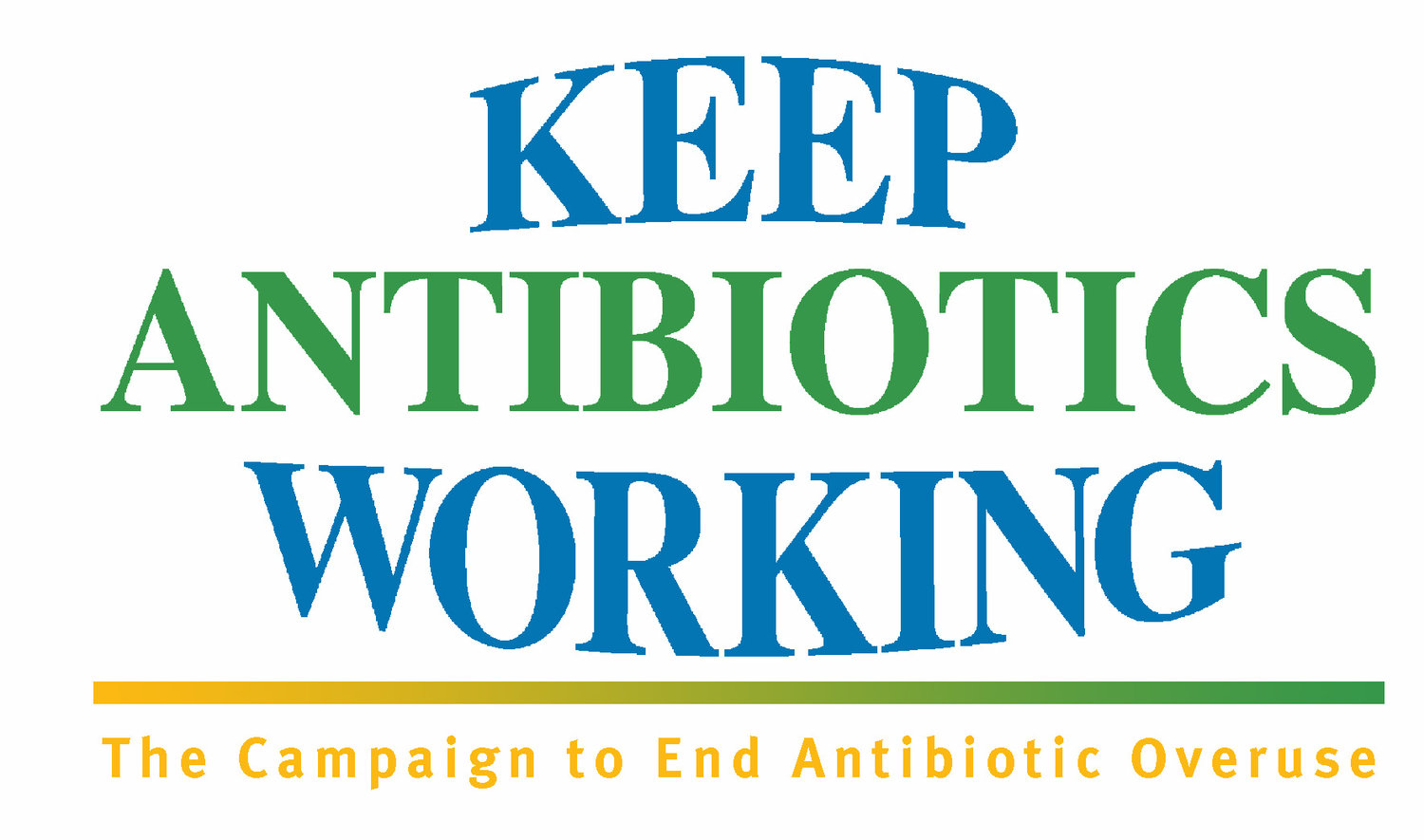Recent Outbreaks and Antibiotic Resistance in the Food Supply
THOMAS GREMILLION, DIRECTOR, FOOD POLICY INSTITUTE AT CONSUMER FEDERATION OF AMERICA
Food safety has stayed in the headlines in 2018. Just in the past month, a sweeping alert on E. coli contamination in romaine lettuce has led to promises of significant change in the ways that leafy greens are labeled. An earlier outbreak linked to romaine prompted growers to revise safety standards by, for example, tripling the buffer zone between concentrated animal feeding operations (“CAFOs”) and leafy green crop fields. Other outbreaks, however, have failed to prod a similarly public response, raising the concern that history may soon repeat itself.
In particular, two outbreaks of antibiotic resistant Salmonella in poultry point to wide-ranging problems, and industry does not seem to have an answer. In October, CDC reported that raw chicken contaminated with a multi-drug resistant Salmonella Infantis strain had resulted in 92 confirmed illnesses and 21 hospitalizations. Just before Thanksgiving, CDC announced that raw turkey contaminated with a resistant Salmonella Reading strain had been linked to 164 confirmed illnesses, 63 hospitalizations, and one death. The investigations into both outbreaks are ongoing.
Where is this antibiotic-resistant Salmonella coming from? According to USDA’s Food Safety Inspection Service (FSIS), virtually everywhere. At the time of CDC’s announcements, FSIS had identified the outbreak Salmonella Reading strain in raw turkey product samples from 22 slaughter and 7 processing establishments; it had identified the Salmonella Infantis outbreak strain in raw chicken samples taken from 58 slaughter or processing plants. The breadth of the contagion suggests a common source—a contaminated feedmill, or perhaps a breeding flock from one of the two corporations that supply nearly all of the U.S. market.
Yet federal regulators have only announced one product recall related to either outbreak—91,388 pounds of raw ground Jennie-O brand turkey products. The Jennie-O product was apparently singled out because investigators found “an intact, unopened package” of the product in the home of a “case-patient.” A sample from the package yielded a Salmonella Reading isolate that was a genetic match to the strain that made the patient ill.
This is high standard to meet for taking action. Outside observers have long criticized FSIS regulators for waiting too long to ask for a recall. Rather than taking Salmonella seriously, however, the agency has focused on shifting inspection duties to private employees, and enabling plants to operate at higher line speeds. In the meantime, companies are free to sell chicken and turkey with antibiotic resistant Salmonella that we know is causing an illness outbreak. This is bad news for consumers.
CDC estimates that, for every one confirmed case of Salmonella, another 29 go unreported. Antibiotic resistance in Salmonella is associated with a greater risk of hospitalization in infected individuals, and a severe Salmonella infection may cause complications that extend well beyond symptoms like nausea and diarrhead that are typically associated with “food poisoning.” Often, survivors have to battle with long-term health conditions such as reactive arthritis, ulcerative colitis, Crohn’s disease, and even eye problems. According to CDC, the current outbreak tied to chicken has caused urinary tract infections in many patients, which in the best-case scenario will likely require weeks of antibiotic treatment to resolve.
Fortunately, researchers have identified proven strategies to combat resistance, with some of the most dramatic success stories involving poultry. Today, many of the largest poultry producers, including Perdue and Tyson, have largely phased out the use of antibiotics, and just last Friday, Sanderson Farms, who had vehemently defended its continued reliance on the drugs, announced that it would stop using medically-important antibiotics to prevent disease in its chickens by March 1, 2019. These actions should help to protect consumers from antibiotic resistant Salmonella, but our elected officials can, and should, do more.
One approach, proposed in some congressional legislation, would simply force FSIS to treat antibiotic-resistant Salmonella as an adulterant. In other words, if a company or federal regulators detect antibiotic-resistant Salmonella on a raw meat or poultry product, that product is considered “adulterated” and forbidden from going on the market. This approach makes sense considering antibiotic resistant Salmonella in meat and poultry has already caused several foodborne illness outbreaks, perhaps most notoriously in 2013 and 2014, when an antibiotic resistant strain of Salmonella Heidelberg, linked to Foster Farms chicken, caused 639 confirmed illnesses in 29 states. In a similar vein, KAW member Center for Science in the Public Interest has petitioned FSIS, twice, to declare four antibiotic-resistant serotypes of Salmonella to be adulterants in meat and poultry.
A more modest approach would be for federal regulators to simply disclose more testing data. Currently, FSIS notifies plants when its testing detects an outbreak strain, but it has refused to share these so-called “establishment information letters” with the public. Food safety advocates have called for the agency to change that policy.
Whether through treating antibiotic-resistant Salmonella as an adulterant, focusing only on strains linked to outbreaks, or adopting other approaches that have succeeded outside of the United States, meaningful action to protect consumers from Salmonella would both directly help to prevent many serious outbreaks, and help to improve public health in general. Although animals that never take antibiotics may still acquire antibiotic resistant bacteria, researchers documented a direct link between antibiotic use on farms and the spread of antibiotic resistance to human populations over forty years ago, and the evidence in support of that link has grown overwhelming in the years since. Better policies to control dangerous Salmonella would create better incentives to control the use of antibiotics in meat and poultry production, with ancillary benefits for modern medicine and public health. Unfortunately, under current rules, those incentives are largely missing in action.
